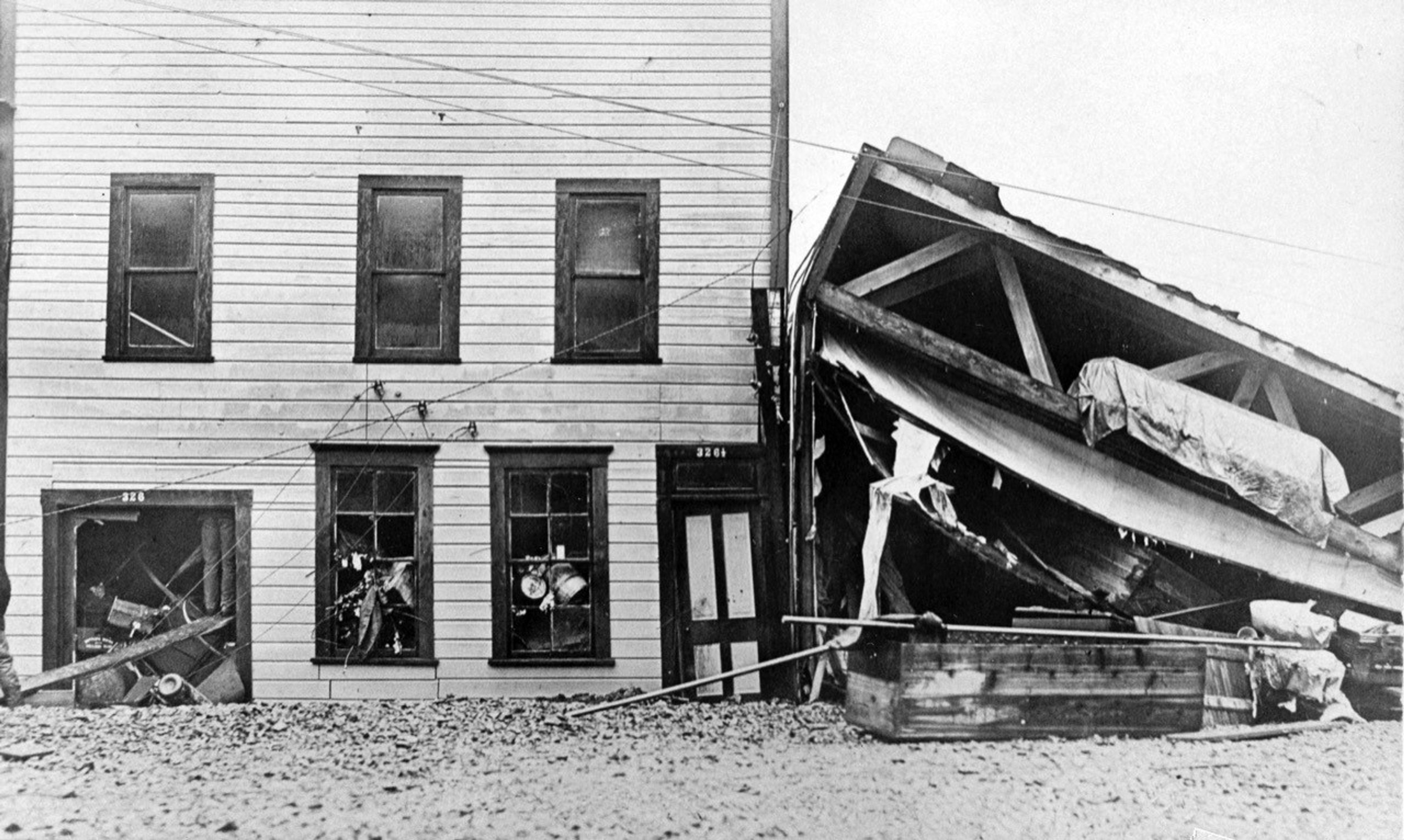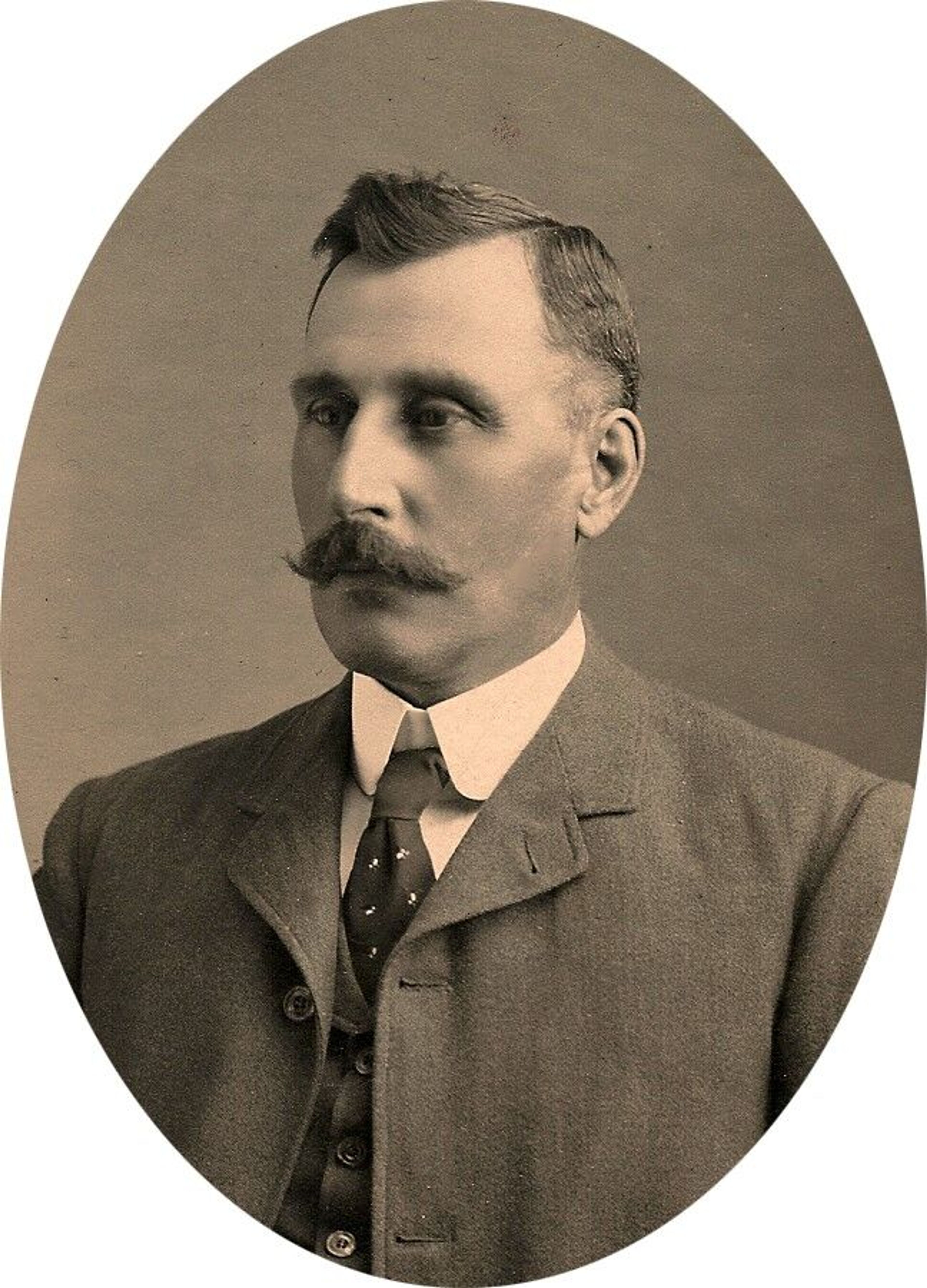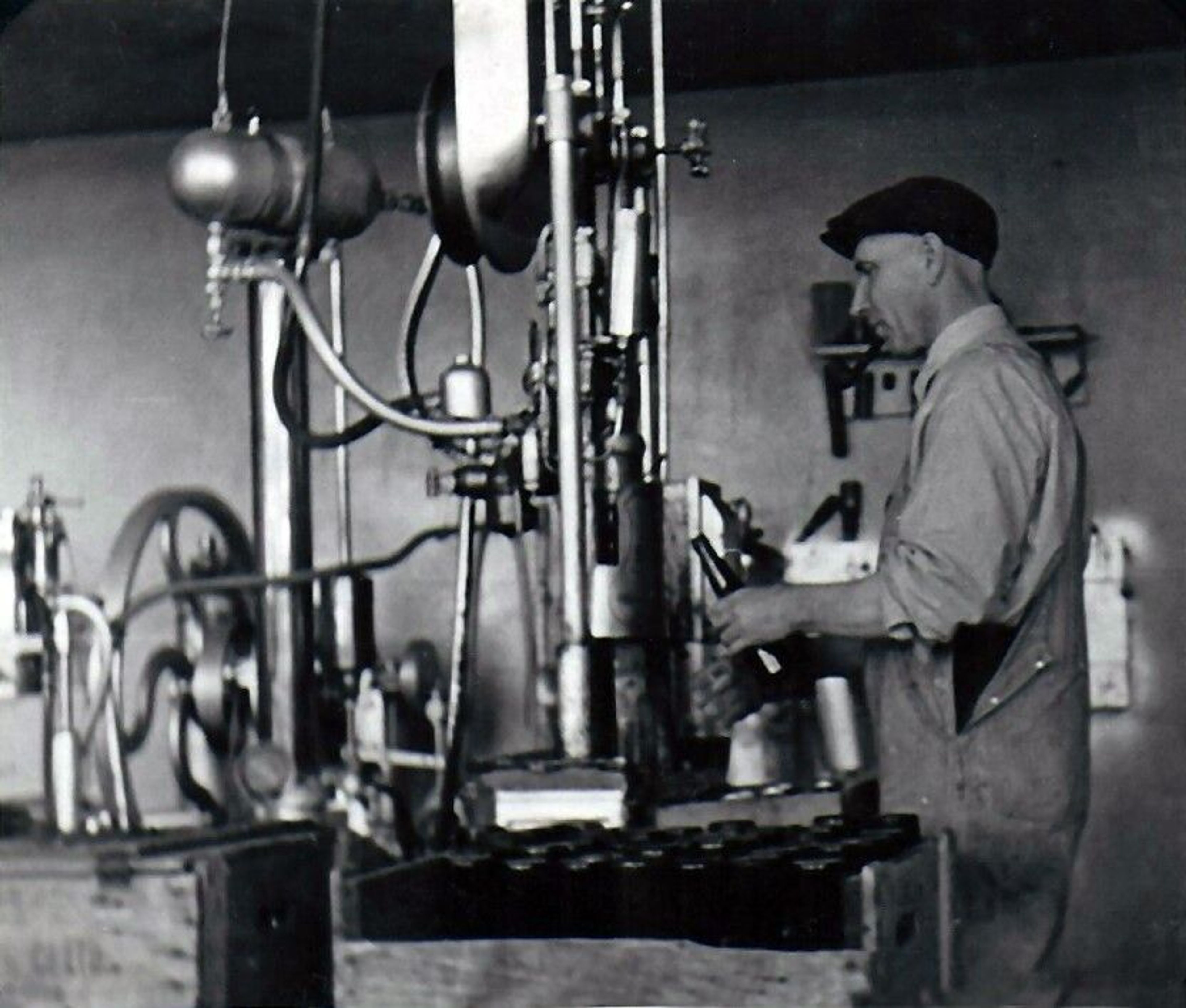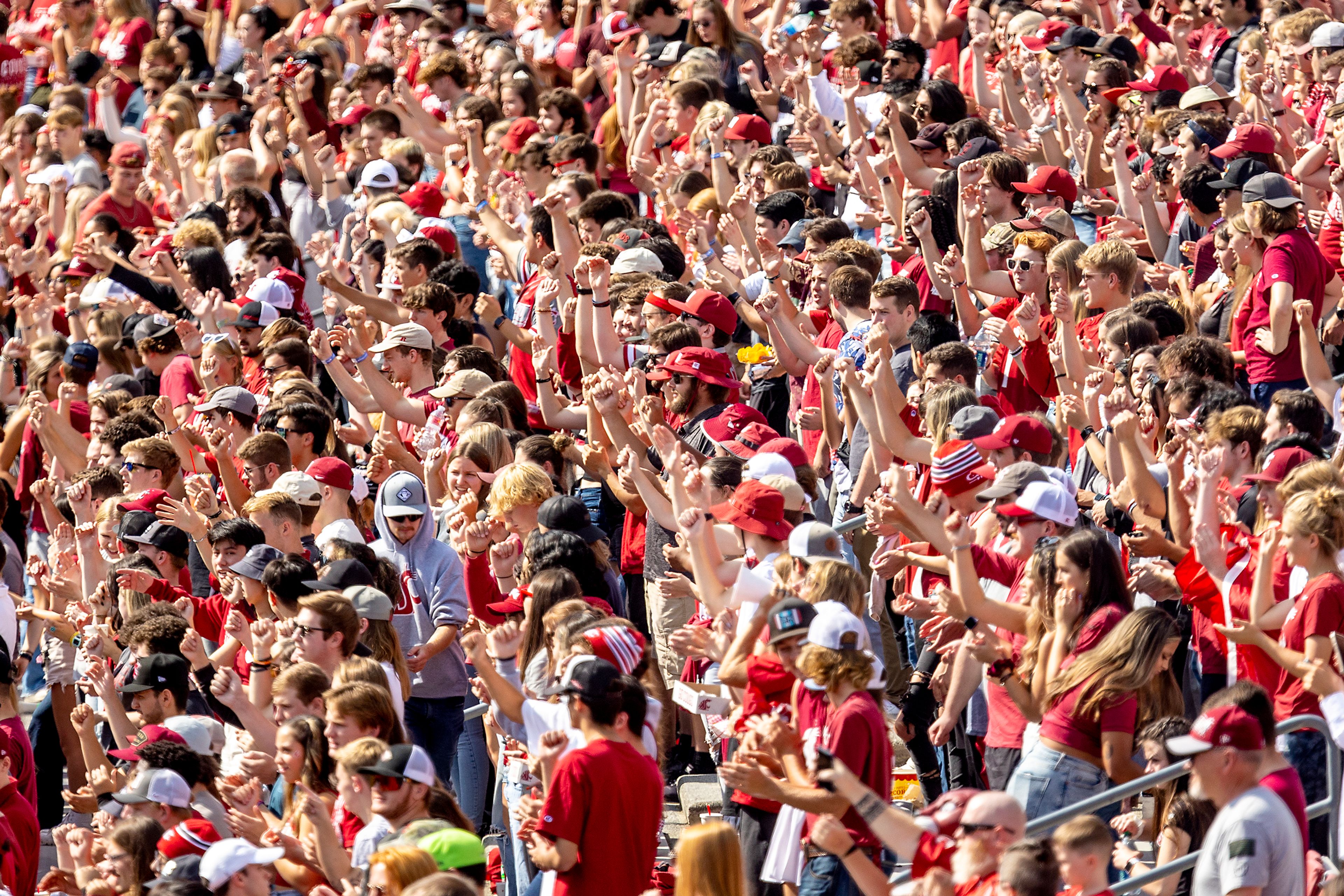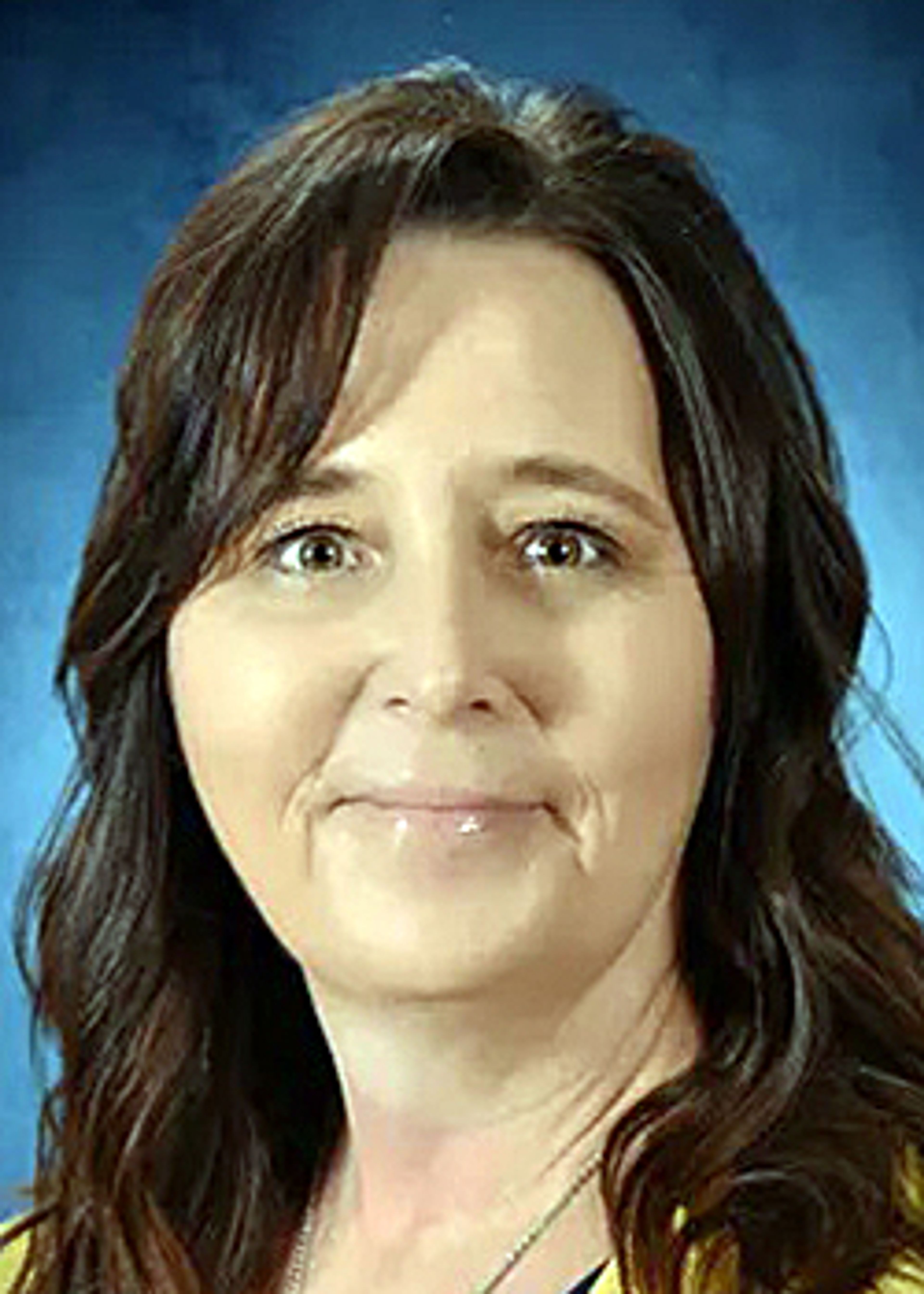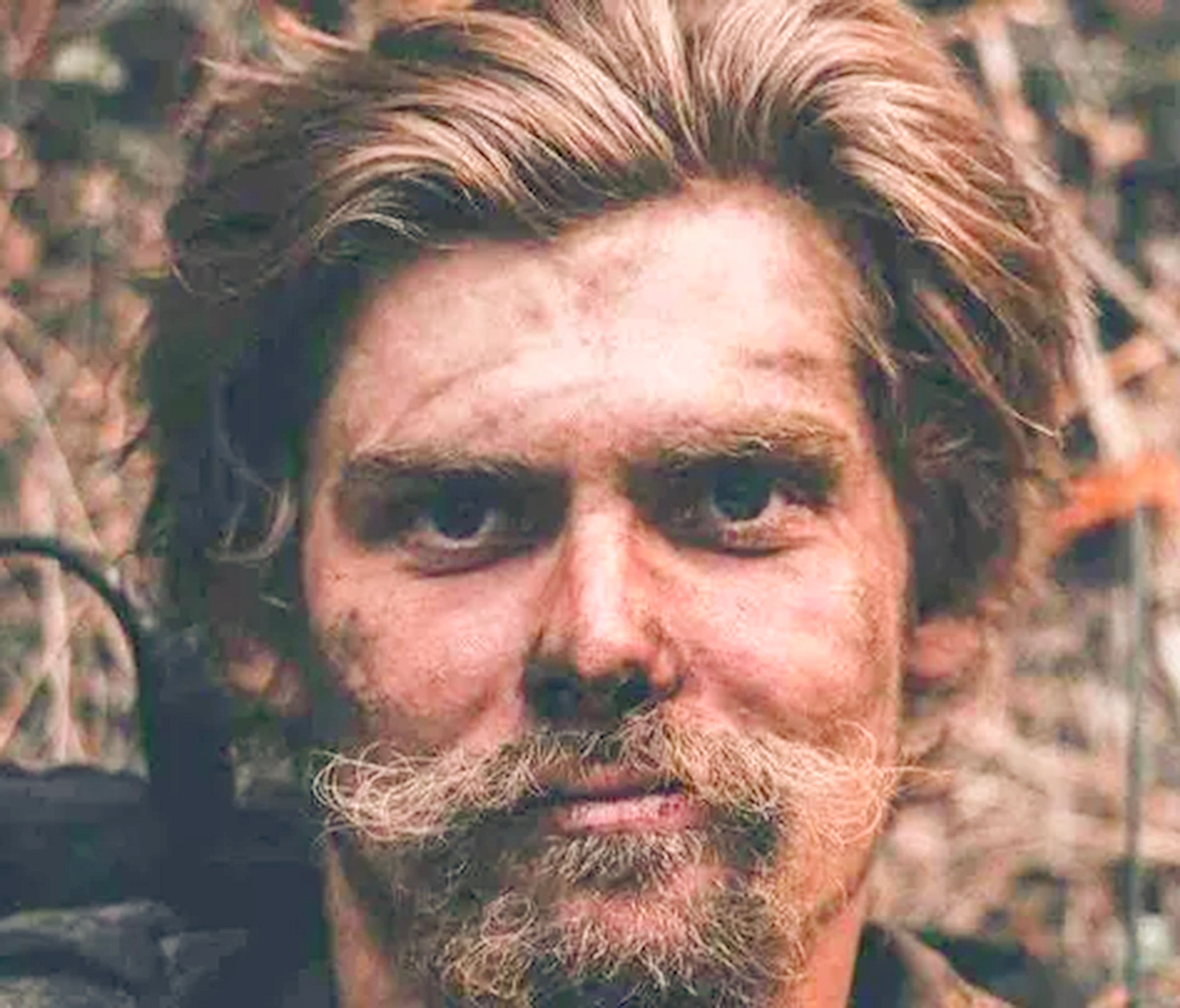Before Palouse-area water tables began to drop in the early 1950s, Pullman was home to a number of artesian wells, discovered in 1889, whose supposedly medicinal waters were bottled and sold across Washington and northern Idaho. The wells supplied Pullman with clean drinking water for nearly 80 years, significantly reducing the incidence of typhoid and becoming the basis for three bottling companies.
The largest and longest running was Star Bottling, which operated from 1908 to 1946, and did business as Pullman Bottling Works from 1891 to 1899, and as Cougar Beverages from 1946 to 1951.
Two men took immediate advantage of the discovery of the wells: newspaperman Thomas Neill and Spokane businessman Philip Thompson. Hoping the water had medicinal properties, they formed Pullman Bottling Works in 1891 and planned to sell local water for both drinking and bathing. The business was situated in a two-story wooden building on East Main. Using water from several wells, they offered “chalybeate” (mineral water enhanced by carbonic acid gas) and 13 to 15 flavors of “healthful drinks.”
The business thrived for a year, employing 14 men. Its advertising claimed it shipped bottled drinks “to all parts of the world.” Washington’s first governor, Elisha Ferry (1825-1895), ordered bottled Pullman water by the case.
The company soon began to fail, however. It closed in the summer of 1893, in the middle of a nation-wide depression and just before a widespread local crop failure; and it remained closed for three years.
New owner Thomas McKee was unable to restart the business and sold it to the newly created Star Bottling Company in 1896. Its owners, German immigrant Richard Pheil and his brother Rudolph, finally revived the bottling works in 1899.
By March they were struggling, particularly when the overflowing South Fork of the Palouse River, only 2 feet behind their building, “threatened to topple Star Bottling into the river.” Shortly thereafter, the Pfeils purchased and remodeled another building half a block east on Main. It opened in August and flourished for the next 10 years, adding a large ice department that delivered ice to home iceboxes.
Disaster struck on March 1, 1910, when the worst flood in Pullman history destroyed numerous buildings along Main Street. Star Bottling, inundated by 3 feet of water, soon relocated to higher ground near the corner of Paradise and Alder Streets. Three new owners took over: Nicholas Gentry, the operator of Farmers alliance Warehouse; Pullman-area farmer Hiram Curtis; and undertaker Joshua Palmerton. They hired employee Percy Gray as manager.
Gray had moved to Moscow in 1904, when he was hired by Star. He had served as a laborer, salesman and bottler. As manager he expanded the business to delivering phoned-in ice-cream orders. By this time, Star Bottling mixed and sold 14 flavors of soda: cream soda, lemon, lemon-lime, lime, root beer, orange, pineapple, sour lemon, “Star cola,” strawberry, vanilla, nonalcoholic “hop ale,” noncarbonated grape, and “Iron Brew” (now sold mainly in the British Isles as “Irn Bru”). In the 1930s, soda sold for 5 cents a bottle, plus a 2-cent deposit.
He made a good enough living, even as early as 1908, to build a home on 6th Street in Moscow and to send his two children to the University of Idaho. He, and eventually his son, Percy, drove back and forth from Moscow to Pullman daily. Surely, they were some of the earliest commuters between the two towns. They used their cars — first a large Maxwell and then a Ford sedan with the backseat removed — to transport cases of soda to the University of Idaho, Washington State College, and to grocery stores in Whitman and Latah counties. Gray also regularly drove to Spokane to buy bottles, complaining that people didn’t return empty bottles often enough. The family never owned a truck, nor did they hire any employees other than themselves.
Gray’s son Percy had worked with his father for nearly eight years before he joined the Army during World War I. When he returned from France, the two bought the business. They moved it to Grand Avenue in 1923 and upgraded their equipment in 1928. However, the Great Depression resulted in decreased sales of “luxury beverages,” and sugar rationing during World War II made soda production almost impossible. After Perry died in 1945, Percy was able to operate Star Bottling only sporadically. He sold it in 1946 to Pullman businessman James Rowlan and his brother-in-law Kermit Findel, who subsequently sold his interest to Ralph and Marion Johnson.
Star’s successor, Cougar Beverages, operated for only five years. Their chief financial difficulty was the scarcity and rising price of bottles. The Johnsons were forced to “give the keys to the bank” in December of 1951.
Meyer taught history at Washington State University for 25 years. She has been active in Whitman County Historical Society since 1992.
